Vasily Vereshchagin (1842-1904) was a Russian artist, writer, traveller and collector famous for his detailed artworks of world cultures, and by-that-time unorthodox paintings of war. Born in a family of nobility, he was enrolled into a military school as a boy (as was expected of his family’s standing), but his passion was painting, so he also studied art at the Academy of Art in St. Petersburg and under French artist Jean-Léon Gérôme in Paris. He was later accepted to be a war artist in Samarkand, and much later lived in India, and travelled extensively all over Europe, Asia and America, while continuing to paint prolifically. Below are some of Vereshchagin’s paintings that showcase his incredible observation of other countries’ architecture, traditions and modes of life.
Japanese Woman, 1903; A Buddhist Lama at Pemionchi Monastery, 1875; Japanese Beggar, 1904 by Vasily Vereshchagin.
Vereshchagin was deeply interested in ethnography, anthropology, and, generally, in life and traditions of various people around the world. This enthusiasm for the unknown and the mysterious is clearly seen in many of his paintings, where he tried to share all the minuscular details of the world that was opening up to him in his travels.
A Buddhist Lama at Pemionchi Monastery showcases a lama at Pemionchi Monastery. It was drawn while Vereshchagin travelled through India with his wife, and in January 1875 came to Sikkim, where they visited Pemionchi monastery. The pair was invited to witness the Tsam (trans. “dance”) (also known as “Cham”) ritual, where performers use colourful masks, specific gestures and dance movements to control unruly souls, worship the guarding deity and channel their shamanic power in order to overcome the ego. The man in the artwork is dressed as a “drags gsed” (Tibetan), a wicked deity, and on his face is a papier-mâché mask of mythical bird-deity Garuda, that is often presented with a bird’s head and a human body (or vice-versa). The costume is used to ward off evil spirits as “fear casts away fear”.
Even though Vereshchagin titled his painting Japanese Beggar, the man in the artwork is not a beggar, but Japanese komusō (虚無僧) or “monk of emptiness”. They were originally wandering Buddhist monks from the warrior class that became associated with the Fuke-shū/Zen school and were known for wearing “straw basket” hats called tengai, and playing bamboo flutes called shakuhachi. The straw basket hats covering the head and face of a wearer were meant to remove the ego, and the flute playing functioned as a meditative practice. Vereshchagin‘s painting shows a komusō who is also wearing a wooden plank/board. On one side, the kanji reads – “unborn, undead”, on the other – the monk’s Buddhist name. Often, these monks also wore wooden boxes or gebako around their necks to collect fruit, rice or other gifts for their temples.
 At the Doors of the Mosque [1873] by Vasily Vereshchagin.
At the Doors of the Mosque [1873] by Vasily Vereshchagin. In the Mountains of Alatau [1870] by Vasily Vereshchagin.
In the Mountains of Alatau [1870] by Vasily Vereshchagin.Artworks At the Doors of the Mosque and In the Mountains of Alatau are both part of Vereshchagin’s Turkestan Series of paintings, which were both bought by Sergei Tretyakov, famous Russian philanthropist and art collector, in 1875 for approximately 2 million dollars in today’s currency. At the Doors of the Mosque portrays the portal of the mosque Hazrat Yasawi, a sacred place. There are two beggars at the door, and their contrasting positions (one is standing and another is seated) also mirrors the artist’s intention to juxtaposition the apparent decline (present poverty) of once magnificent civilisation (remaining opulent architecture). This work is also the sister work of painting The Doors of Tamerlane, where the doors, as in this painting, are closed, signalling that the link between that exotic world and Vereshchagin’s own would always be impossible to bridge. There is a sense of a locked mystery behind the door – Vereshchagin always tried to penetrate the secrets of another culture and tradition through art. In the Mountains of Alatau is a typical portrayal of nature by Vereshchagin, who fell in love with the beauty of the Jetisu (“seven rivers”) region of the then Turkestan. The lone dear, bird in the sky, and the abundance of flowers instil a sense of serenity and peace.
 Jerusalem. Royal Tombs [1885] by Vasily Vereshchagin.
Jerusalem. Royal Tombs [1885] by Vasily Vereshchagin. Vereshchagin was in awe of the architecture of the Middle East (he was in Palestine and Syria in 1884), and this is one of his artworks from the Palestine Series (1883-1885) that pays tribute to the country’s monuments. In Jerusalem. Royal Tombs, a solemn procession of women dressed in white robes carrying divine vessels make their way from the building’s entrance to the tombs. The artwork gives a feeling of a mysterious ritual taking place, and the eerie sense is further heightened by the artist’s clever use of light and shadow, and his emphasis on the grand dimension of the place, including through a stone arc that functions as a framing device.
Vereshchagin often maintained that there was nothing fictional in his works and he only painted what he himself saw. However, according to historians and art critics, it is still remains unclear whether Jerusalem. Royal Tombs portrays an event that Vereshchagin witnessed himself in this place or simply the one he imagined for canvas.
 The Apotheosis of War [1871] by Vasily Vereshchagin.
The Apotheosis of War [1871] by Vasily Vereshchagin.“It would be impossible to achieve the aim I have set myself, to give society a picture of war as it really is, by observing battles through binoculars from a comfortable distance. I have to feel and go through it all myself. I have to participate in the attacks, storms, victories and defeats, experience the cold, disease and wounds. I must not be afraid to sacrifice my flesh and my blood, otherwise my pictures will mean nothing”, so spoke Vereshchagin. And, he did experience it all first hand, participating in the Turkestan Campaign (1868), Russo-Turkish War (1877), and Russo-Japanese War (1904), dying in it. He depicted the war in all its unglamorous, inglorious and horrifying form, wanting to convey to his audience through his art the sheer horrors of it, for which he was also criticised and ostracised in his native land. “Don’t you know that in war, for every hour of so-called glory, there are 40 and perhaps even more hours of suffering and torment of all kinds?”; “Tragedy, suffering far outweigh glory of battles. My brush prompts awakening to this terrible beauty, provokes dialogue, endorsing humanity over conflict”, wrote Vereshchagin.
The Apotheosis of War by Vereshchagin shows a heap of skulls in a desolate landscape somewhere in Central Asia. You can just about see the traces of bullet and sword wounds on the skulls that are arranged in some trophy-like display. These were the people who experienced the war first-hand, and this is the consequence. The sombre painting, with all its symbols of death, shocks in its silent, bold statement. The crows circling the heap while trying to feast on the remains further emphasise the gloominess of the scene, a stark contrast to the shining uniforms or the confidence of the cavalry that is also often associated with war.
 Defeated. Requiem [1879] by Vasily Vereshchagin.
Defeated. Requiem [1879] by Vasily Vereshchagin.Defeated. Requiem depicts a hastily convened mass for the thousands of fallen soldiers lying slaughtered after being forced to strip naked or were stripped naked. This is one of Vereshchagin’s most controversial paintings, but also the one that he was adamant to paint. At first, it is not easy to see here that the ground is full of the dead, soldiers reduced to rubble, their humanity barely recognisable. This is war, not shiny or celebratory, but grim, full of suffering, and inglorious, nameless death. The mass for the fallen is conducted by a single priest under the open sky. Some rays of sunshine and the single cross erected on the left seem to provide the only unearthly, “celestial” relief and “afterlife” hope.
Vasily Vereshchagin believed that only a non-conformist can be true artist, and he certainly stuck to this rule throughout his life, being unafraid to paint what he thought was important to convey to the public in his travels, taking much risk in the process. He was such a prolific painter, painting whole collections of works in the same period of time in which another artist would paint just one, his contemporaries could not believe he was working alone. But, he was, and his legacy lives on. He was an artist who rendered geopolitical events and world traditions with impressive realism, and many war events – with a critical eye.




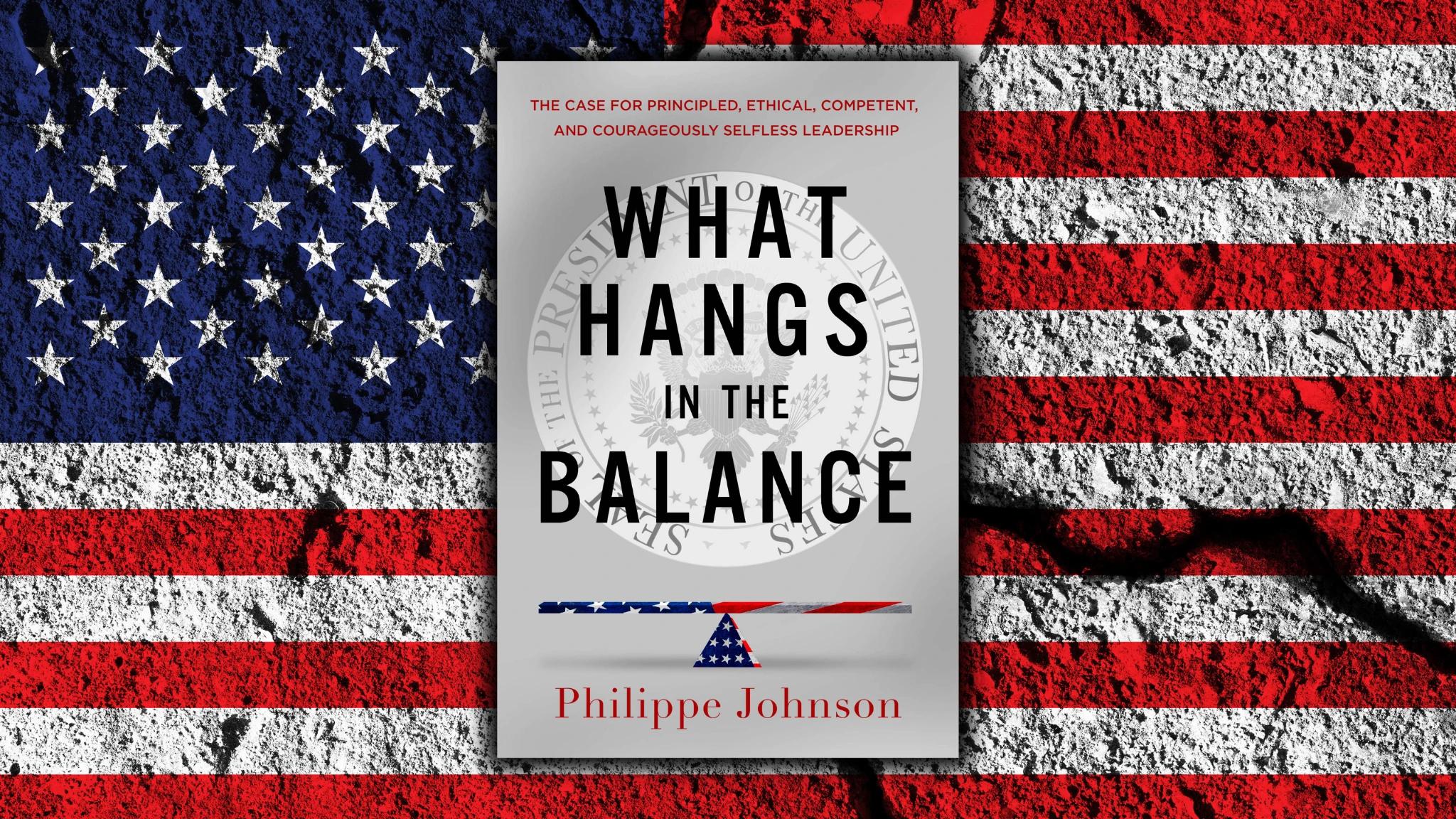

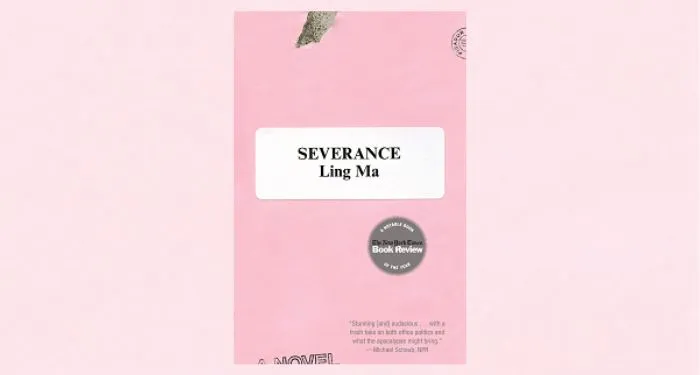

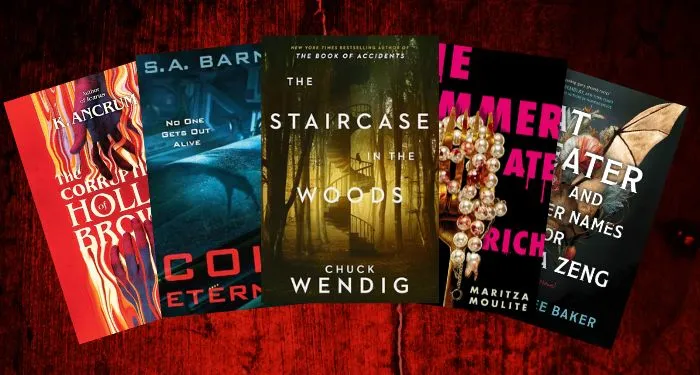





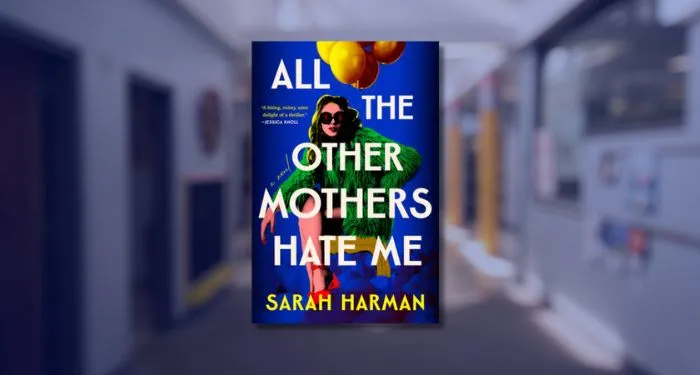


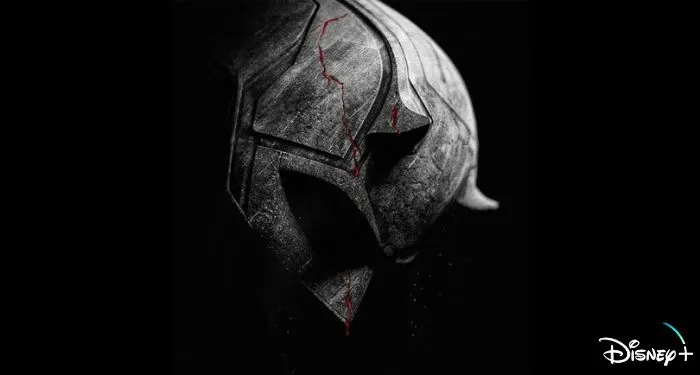

 English (US) ·
English (US) ·